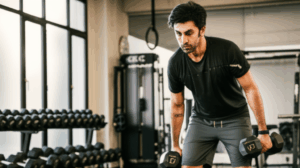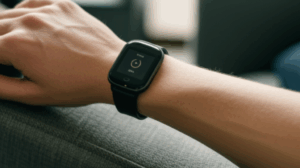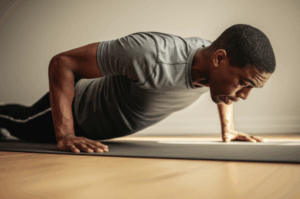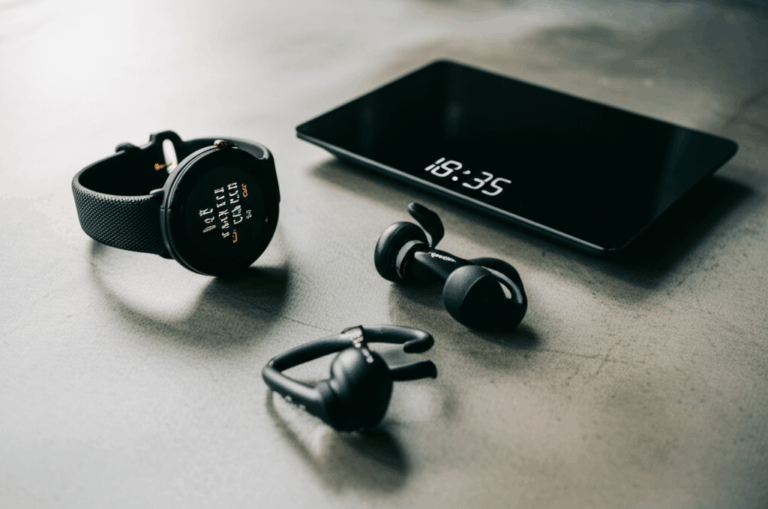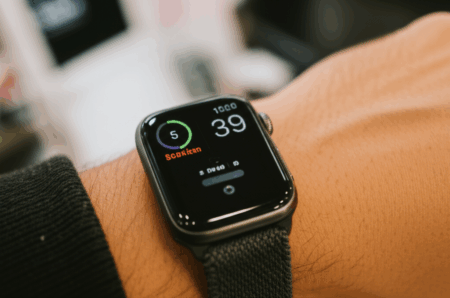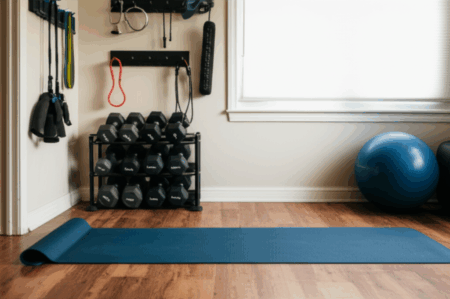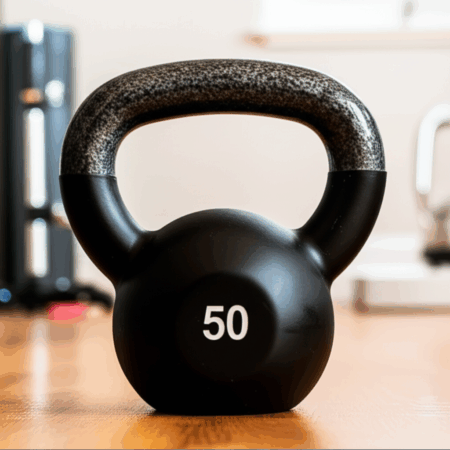The days of a “bog-standard running shoe” and basic gym equipment being the pinnacle of fitness are long gone. Today, a new era of fitness tech and gadgets is revolutionizing how we train, recover, and understand our bodies. Experts agree that these innovative tools offer unparalleled insights, motivation, and efficiency, moving far beyond traditional methods to help individuals achieve their health goals with greater precision and personalization.
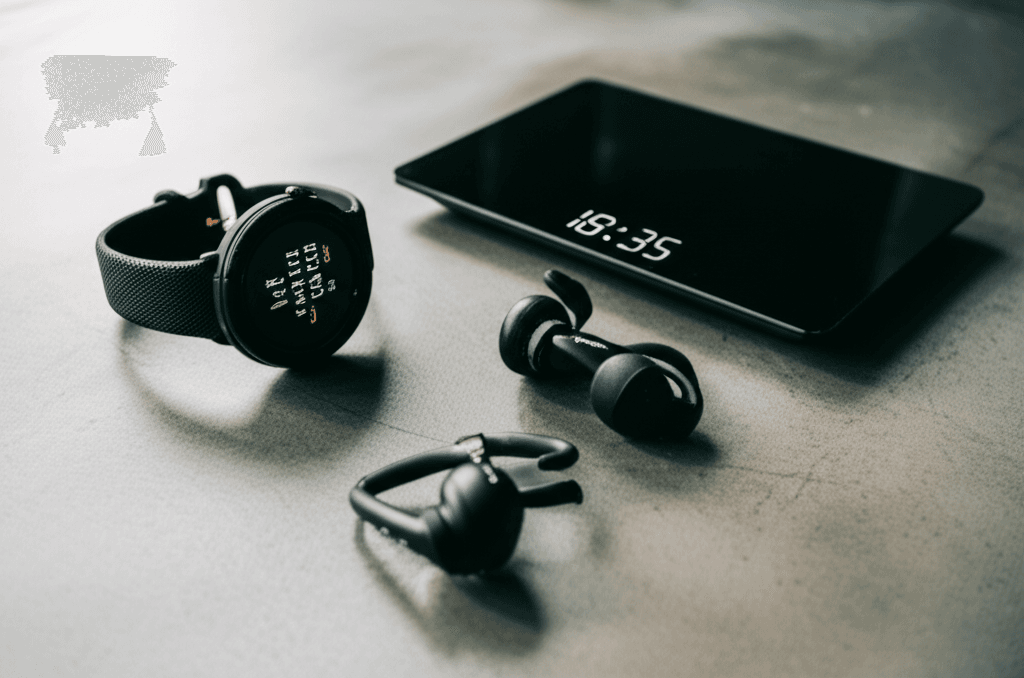
The Rise of Wearable Fitness Tech: Your Data-Driven Companion
Wearable technology remains at the forefront of fitness innovation, providing continuous monitoring and actionable data that empowers users to optimize their routines and overall well-being. These devices offer a glimpse into your health metrics, from sleep patterns to heart rate variability, turning raw data into meaningful insights.
Smartwatches: Your Wrist-Worn Coach and Health Hub
Smartwatches have evolved into sophisticated health command centers, offering a comprehensive suite of fitness and wellness tracking features.
- Apple Watch Series 11/10: CNET’s resident fitness expert, Vanessa Hand Orellana, highlights the Apple Watch Series 11 for its upgraded features, including FDA-cleared hypertension alerts, extended battery life, and enhanced sleep scoring. For Apple users seeking an advanced option, the Apple Watch Series 9 is also highly recommended. Engadget also lists the Apple Watch Series 10 as a top fitness-tracking smartwatch.
- Garmin Venu 3: Forbes Vetted identifies the Garmin Venu 3 as the “Best Fitness Tracker Overall” for its versatility and accuracy, noting its large 1.4-inch AMOLED touchscreen and comprehensive health features.
- Samsung Galaxy Watch6: This device is recommended for Android users seeking a feature-rich fitness tracker.
Dedicated Fitness Trackers: Sleek Monitoring for Every Goal
For those who prioritize fitness tracking without the full smartwatch experience, dedicated trackers offer robust features in a more streamlined form factor.
- Fitbit Charge 6: Consistently praised by experts, the Fitbit Charge 6 is lauded as the “best fitness tracker overall” by Tom’s Guide and a top pick by Forbes Vetted for beginners due to its precision and user-friendly design. It boasts an ECG app, excellent sleep tracking, built-in GPS, and integration with gym equipment and Google apps. PCMag also names it their top pick for its cross-platform support, long battery life, and robust activity tracking.
- Oura Ring 4: This smart ring stands out for its holistic health tracking, monitoring stress levels, heart rate, cycle insights, and especially sleep patterns. Wareable calls it the “best fitness tracker for women,” citing its focus on female-specific insights and strong sleep/heart rate accuracy.
- WHOOP 5.0: Ideal for serious athletes, the WHOOP 5.0 is “laser-focused on recovery, sleep, and readiness,” providing in-depth physiological data to optimize training and prevent overtraining.
- Xiaomi Smart Band 9: For budget-conscious users, the Xiaomi Smart Band 9 (and its predecessor, the Mi Band 7) offers excellent value with a large AMOLED screen, 24/7 heart rate, and sleep tracking, though some advanced features might be limited in certain regions or less precise than premium options.
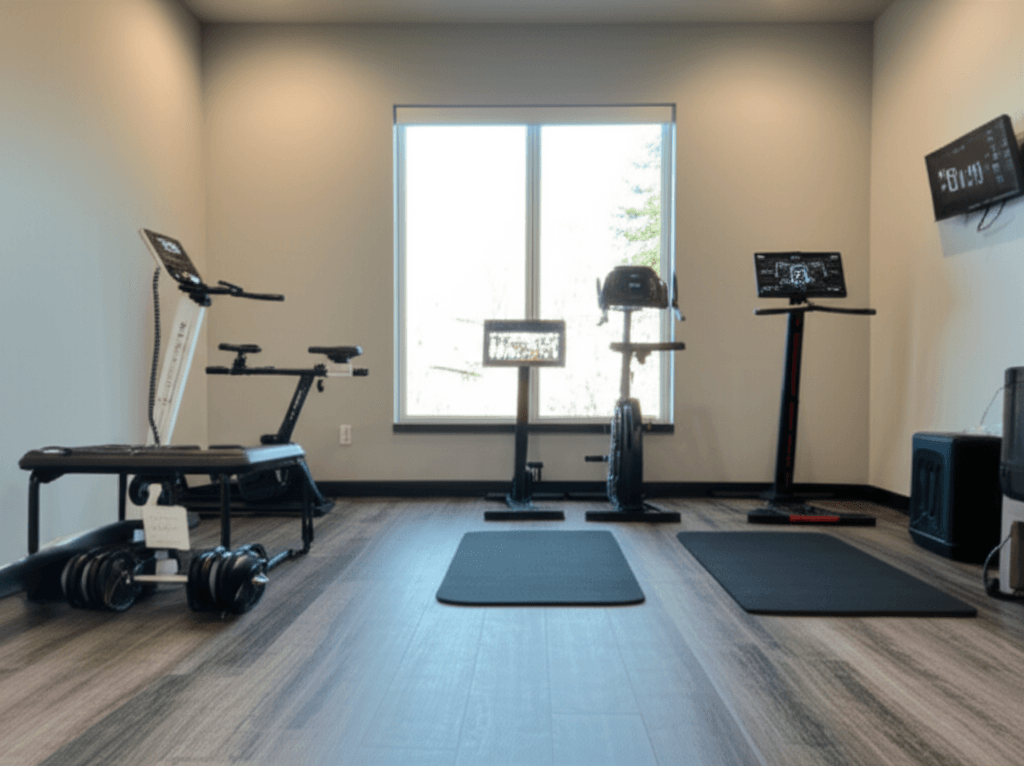
Transforming Your Home into a Smart Gym
The advent of smart home gym equipment has brought personalized, interactive training directly into living spaces, offering experiences that often rival or surpass traditional gym memberships.
All-in-One Strength Systems
These advanced machines leverage AI and digital resistance to provide comprehensive strength training with expert guidance.
- Tonal 2: PCMag and CNET consider Tonal among the best smart strength training products. It’s a sleek, wall-mounted machine offering up to 250 pounds of digital resistance and AI-powered form feedback through 13 sensors, effectively replacing an entire gym’s worth of equipment. PCMag particularly notes it as “Best for AI-Powered Form Feedback”.
- Tempo Studio: This system is a top pick for those who prefer physical weights while still benefiting from AI with 3D sensors that provide real-time form correction, count reps, and detect dumbbell weights. It’s designed to hold all equipment neatly.
- Speediance Smart Home Gym: Utilizing electromagnetic resistance and cable pulleys, Speediance offers versatile workouts, including strength training, HIIT, and mobility exercises, all guided by an app with personalized training and movement tracking. It’s lauded for its space-saving design and quiet operation.
Immersive Cardio Experiences
Smart cardio equipment integrates interactive displays and virtual classes to make indoor workouts engaging and effective.
- Peloton Bike: Despite many alternatives, the Peloton Bike remains a top choice for its motivating community, extensive class library, and seamless in-home delivery and setup.
- Peloton Row: Offering a unique rowing experience, the Peloton Row features sensors that detect handle and seat position, providing real-time feedback on form through its Form Assist feature.
- NordicTrack X22i Treadmill: This smart treadmill stands out with its impressive 40% incline and -6% decline capabilities, alongside a 22-inch HD touchscreen integrated with iFit classes, offering a highly immersive running experience.
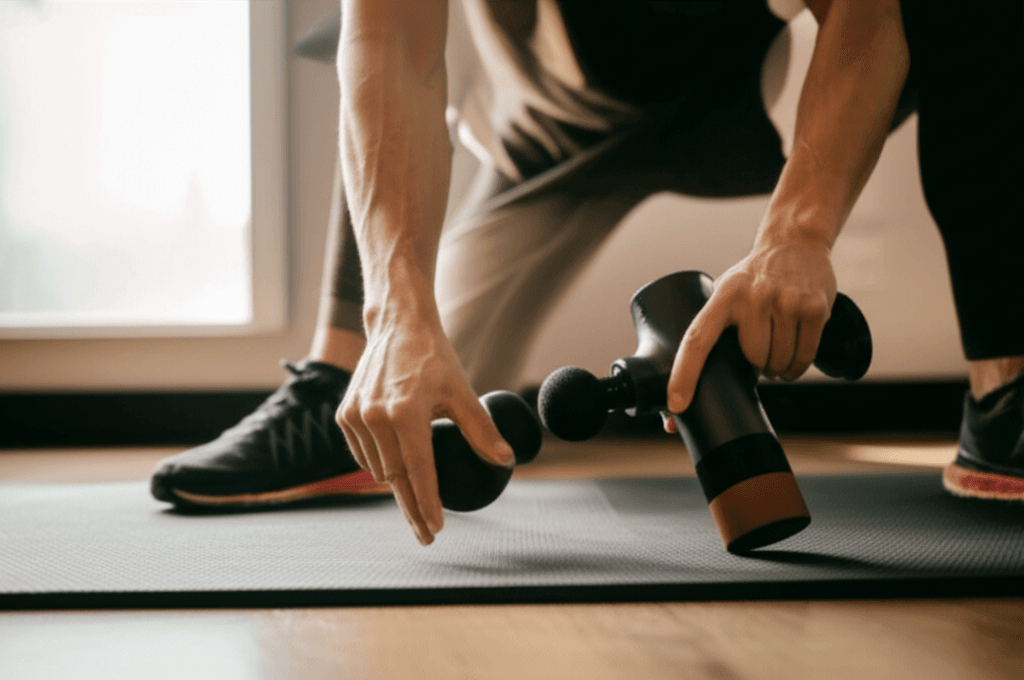
Advanced Recovery: Bouncing Back Stronger
Optimizing recovery is as crucial as the workout itself. Modern fitness gadgets offer sophisticated tools to reduce soreness, prevent injuries, and accelerate muscle repair.
Percussive Therapy and Massage Guns
Massage guns have become a staple for athletes and fitness enthusiasts, providing targeted deep-tissue massage.
- Hyperice Hypervolt 2 Pro: Women’s Health identified this as the “best overall” muscle recovery tool due to its strong, consistent power across three speeds, long battery life, and versatile head attachments for all major muscle groups.
- Theragun Pro/Prime: The Theragun Pro is designed for serious athletes, offering customizable programs and a robust set of attachments. Theragun models consistently top lists for their powerful percussive therapy.
Compression and Red Light Therapy
These therapies are gaining traction for their ability to enhance circulation and reduce inflammation.
- Hyperice Normatec Go Boots: Recommended by CNET’s fitness expert, these portable, TSA-friendly compression boots are ideal for on-the-go recovery, especially targeting calves after runs or leg days.
- LifePro Red Light Therapy Belt: This at-home red light therapy device helps tame inflammation and boost blood circulation, aiding in quick muscle recovery at a fraction of the cost of professional treatments.
Essential Recovery Tools
Beyond high-tech solutions, some fundamental tools remain highly recommended by experts for daily use.
- Foam Rollers: Simple, affordable, and highly effective, foam rollers are considered the “cornerstone of any recovery kit” by Fitness Outlet. They help release tension, improve circulation, and speed up recovery by flushing out lactic acid. The TriggerPoint Grid 13” Foam Roller is praised for providing the “perfect amount of pressure”. Vibrating foam rollers like the Theragun WAVE offer an enhanced experience.
- OOFOS Ooah Slide Sandal: These cushioned slides are specifically designed to reduce strain on feet, ankles, and legs, making them excellent for post-workout relief.

Elevating Your Run: Beyond Basic Footwear
While the user’s prompt specifically mentions “better than a bog-standard running shoe,” it’s important to note that running shoe technology itself has dramatically advanced, making modern footwear a piece of fitness tech in its own right.
Innovative Running Shoe Technology
Running shoes are no longer just about cushioning; they integrate sophisticated engineering to improve performance and reduce injury risk.
- Responsive Cushioning and Lighter Foams: Innovations in midsole materials, such as Nike’s React foam, Adidas’ Boost technology, Hoka’s Meta-Rocker, and ASICS’s FlyteFoam, provide superior shock absorption, energy return, and a lighter feel, helping runners go faster with less effort.
- Carbon-Fiber Plates (“Super Shoes”): These plates, embedded in the midsole, act as a springboard, driving the wearer forward and improving running efficiency, which is why they are popular among competitive runners.
- Natural Designs and Injury Prevention: Brands like Altra and Topo Athletic are pioneering anatomically correct designs. Furthermore, running shoe technology continually aims to reduce injury risk through various footwear features, although the link between a single factor and injury is complex.
- Advanced Gait Analysis: Technology, including smartphone apps and motion sensors, can provide lab-grade analysis of a runner’s style to recommend the most efficient footwear.
GPS Running Watches
For runners, GPS watches provide crucial data for performance tracking and navigation. Experts recommend models like the Garmin Forerunner 265 for its running-centric features, including built-in workouts, pacing strategies, and real-time performance readings. Engadget also highlights GPS running watches as essential tech for runners, distinct from general smartwatches.
Conclusion: Tailoring Tech to Your Fitness Journey
The landscape of fitness tech and gadgets has undeniably moved “better than a bog-standard running shoe,” offering transformative tools for every aspect of your health journey. From the data-rich insights of wearable technology to the immersive experiences of smart home gyms and the sophisticated support of recovery tools, these innovations empower individuals to personalize their fitness, optimize performance, and prioritize recovery.
When choosing the right fitness tech, experts advise considering your specific goals, budget, desired features, and how seamlessly the gadget integrates into your lifestyle. By carefully selecting the right tools, you can unlock new levels of fitness and well-being, turning aspirations into achievable realities with the power of technology.

